How do Electrical Cabinet Locks provide protection against dust, moisture, and other environmental factors in industrial settings?
Electrical Cabinet Locks are equipped with high-quality sealing mechanisms such as rubber gaskets, O...
Read More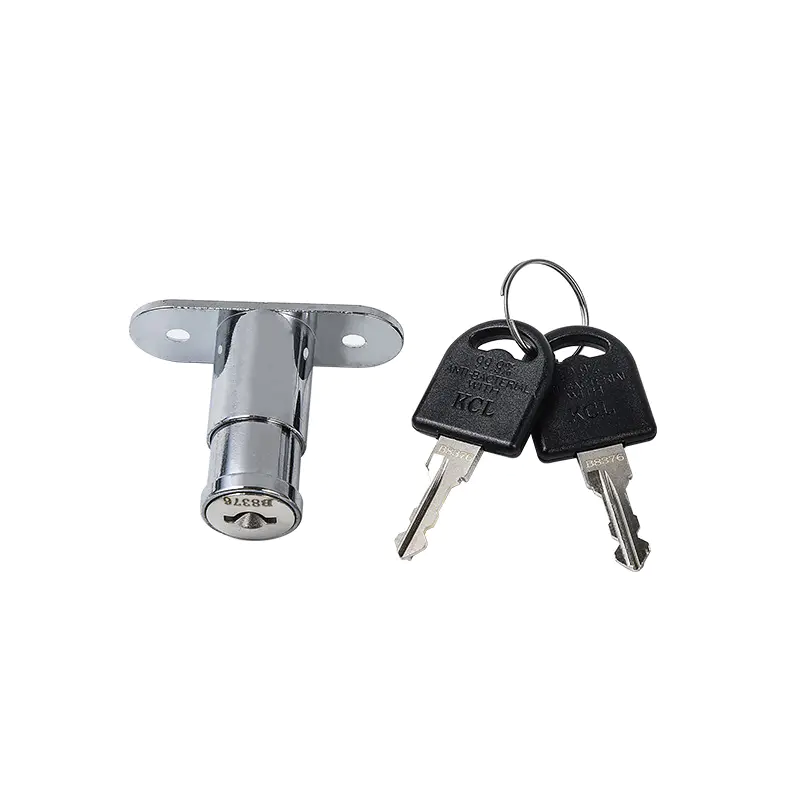
Electrical Cabinet Locks are equipped with high-quality sealing mechanisms such as rubber gaskets, O...
Read More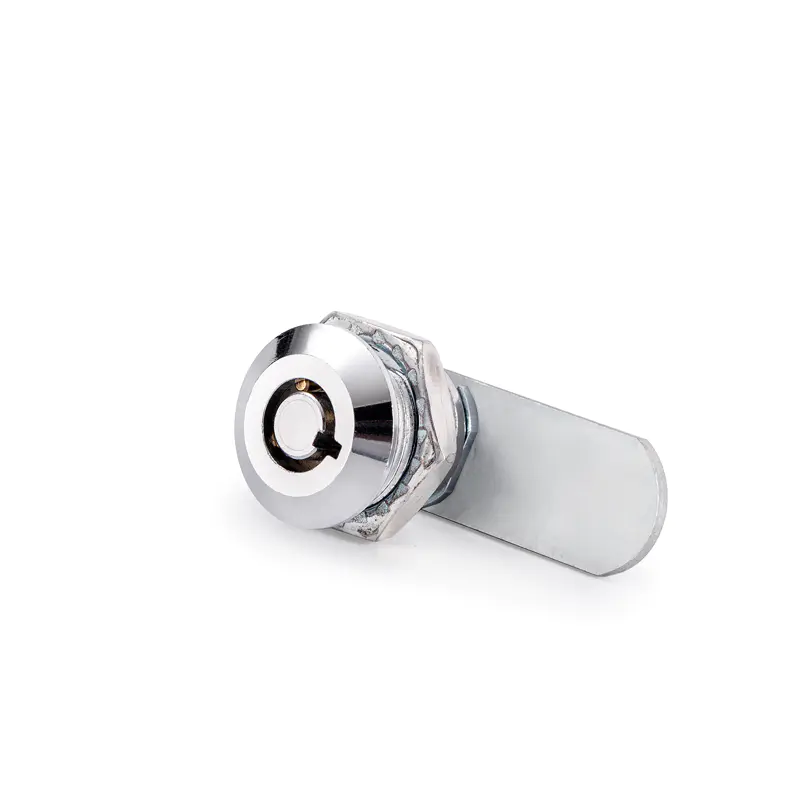
Bullet Locks incorporate a combination of rotating cylinders, specially designed pins, or bolts that...
Read More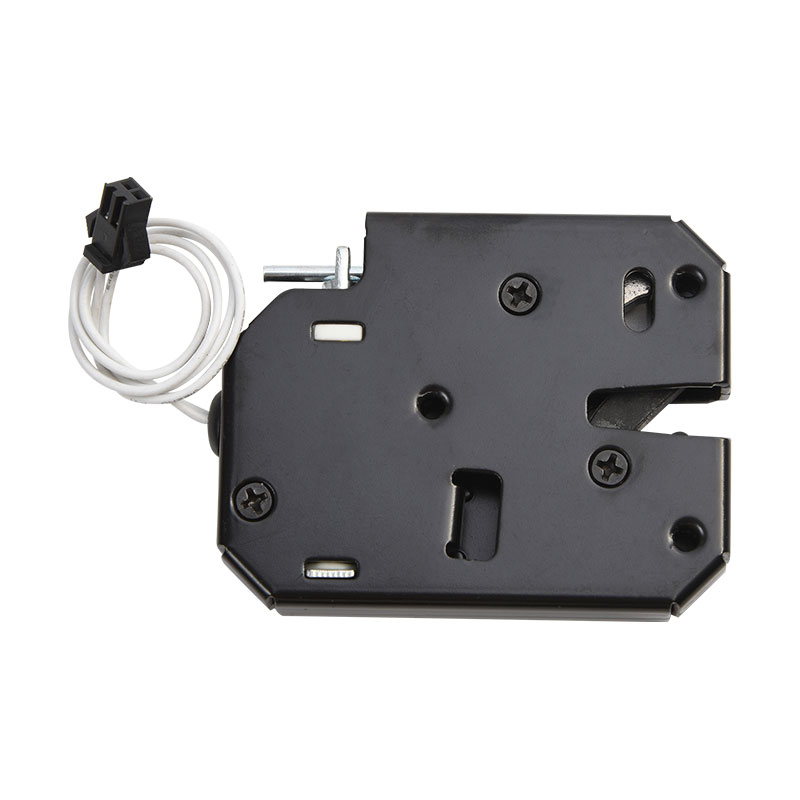
One of the primary mechanisms for handling power failure in Electronic Locks is the inclusion of a b...
Read More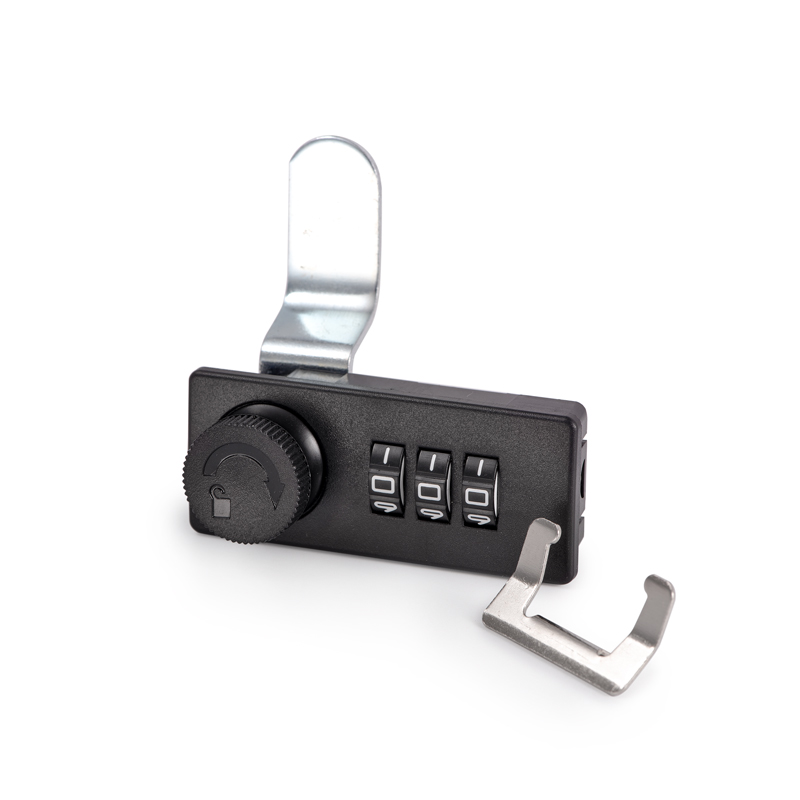
The finish or coating applied to a Zinc Alloy Lock—which can range from powder coating to electropla...
Read More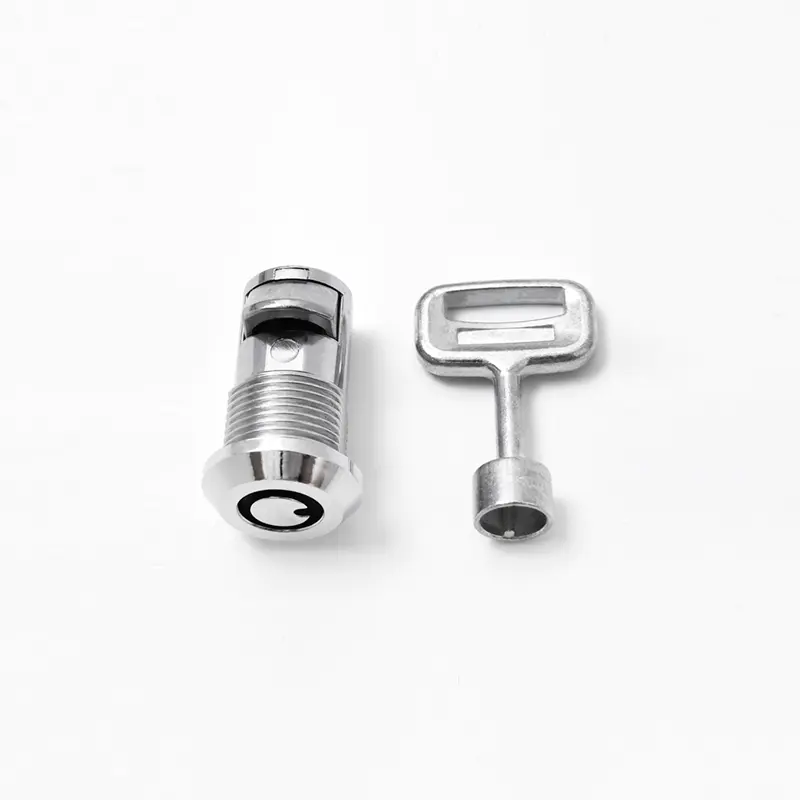
Electrical cabinet locks are specifically engineered to endure the vibrations that are prevalent in ...
Read More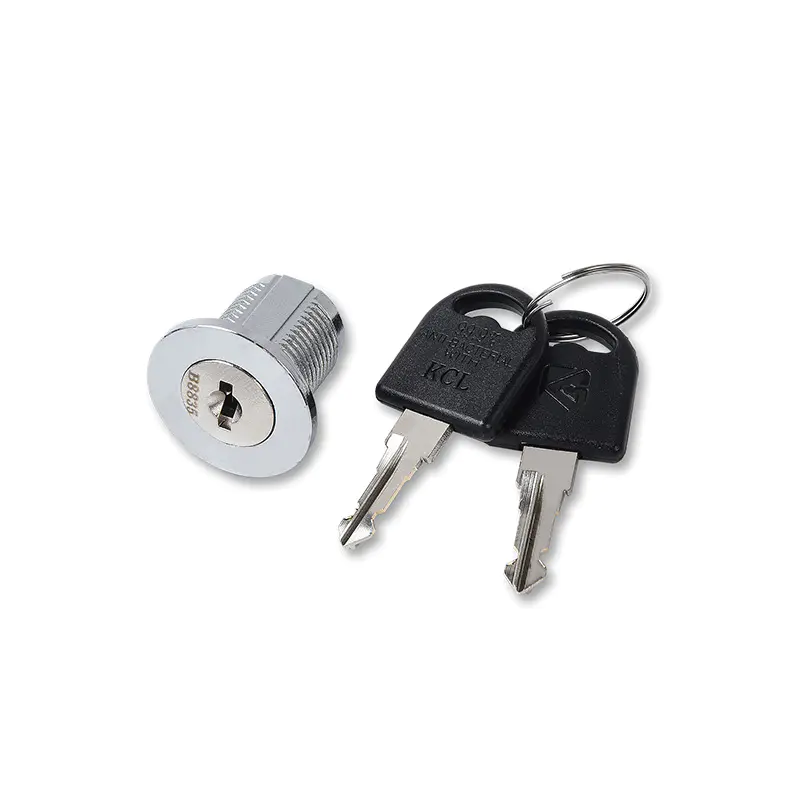
High Strength Materials: Bullet locks are typically constructed using materials such as hardened ste...
Read More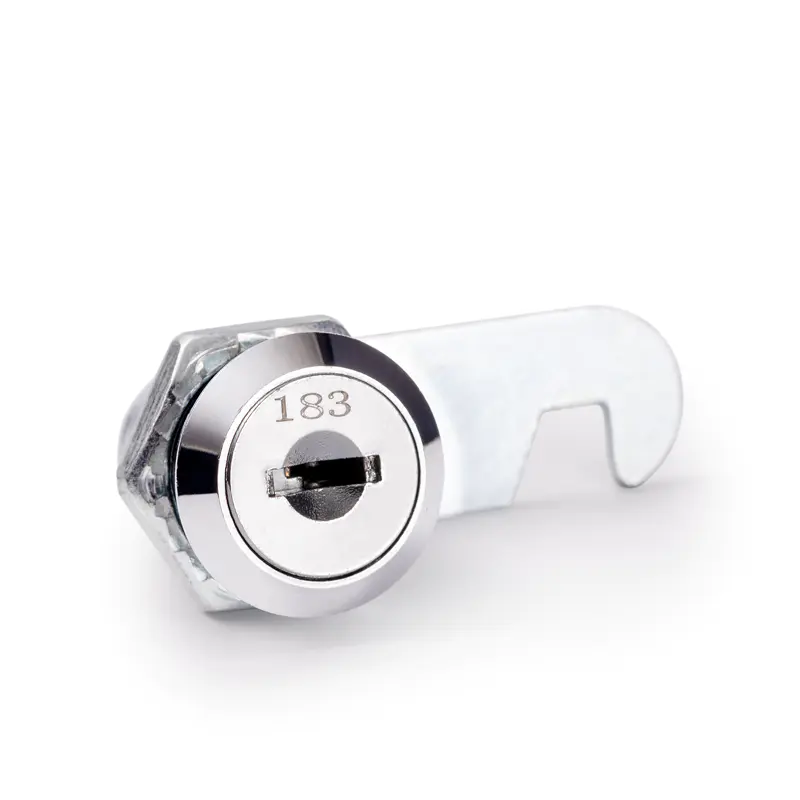
Enhanced Security: Bullet locks are specifically engineered to offer superior security features comp...
Read More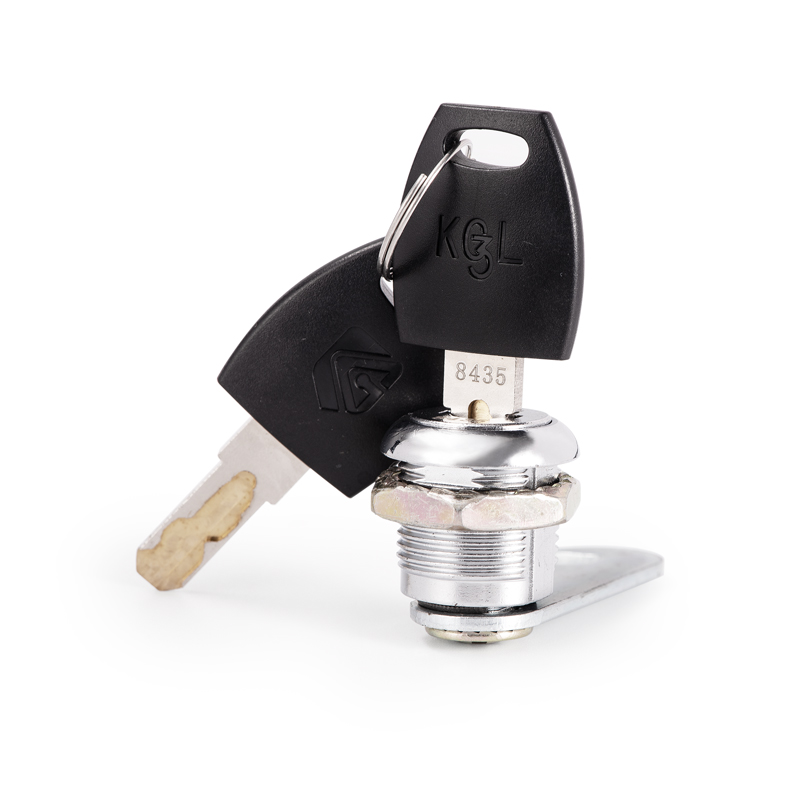
Regular Cleaning: Over time, dust, dirt, and other debris can accumulate inside the keyway and movin...
Read More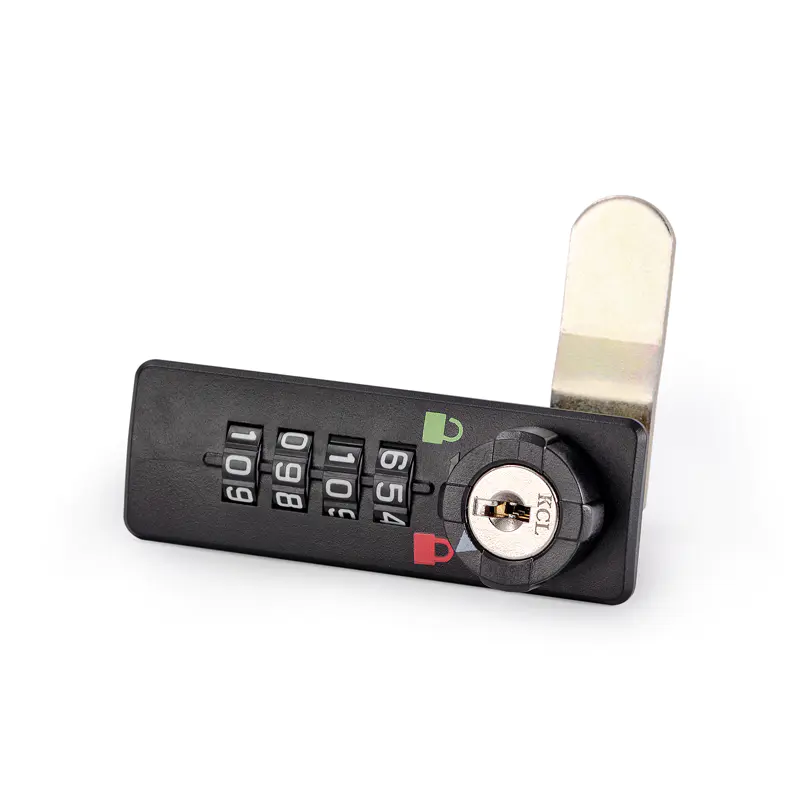
The sliding door locks often incorporate specialized anti-picking features designed to prevent unaut...
Read More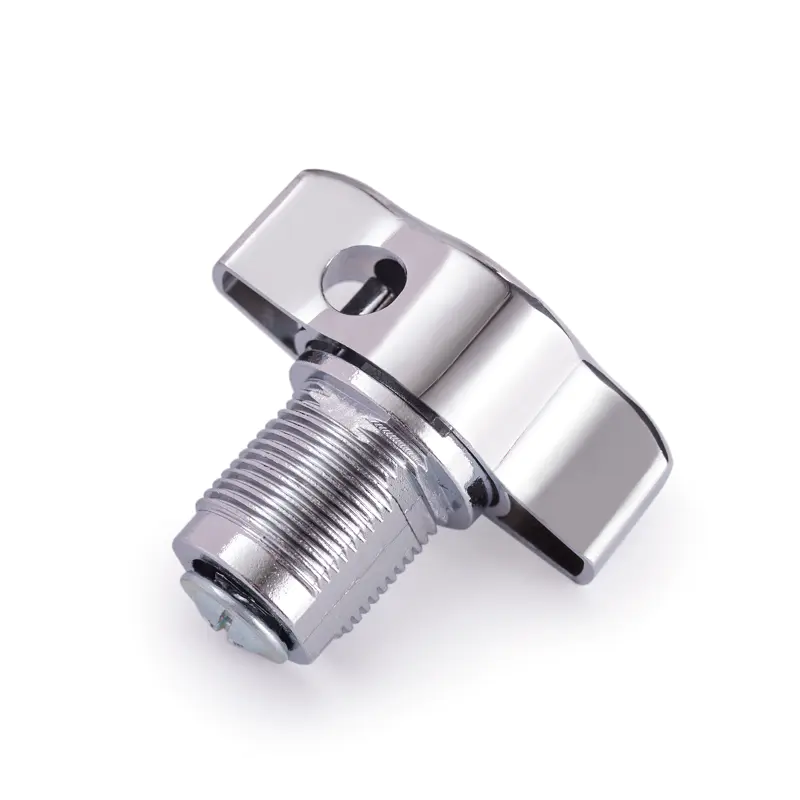
Lubricating a tumbler lock’s internal components is essential for reducing friction and ensuring tha...
Read More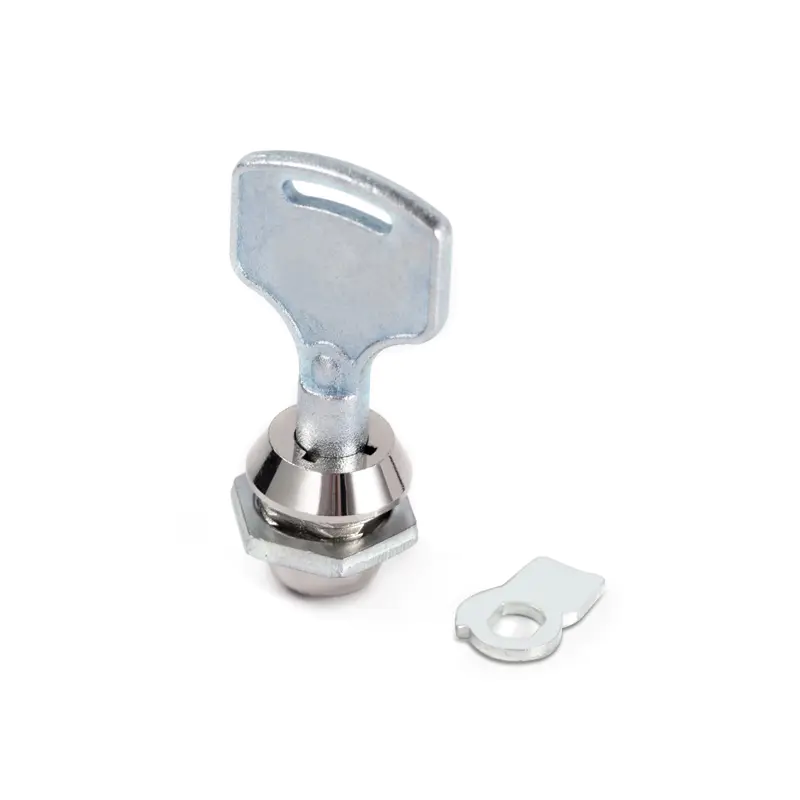
The key shape and its complexity are pivotal in defining the lock’s resistance to unauthorized acces...
Read More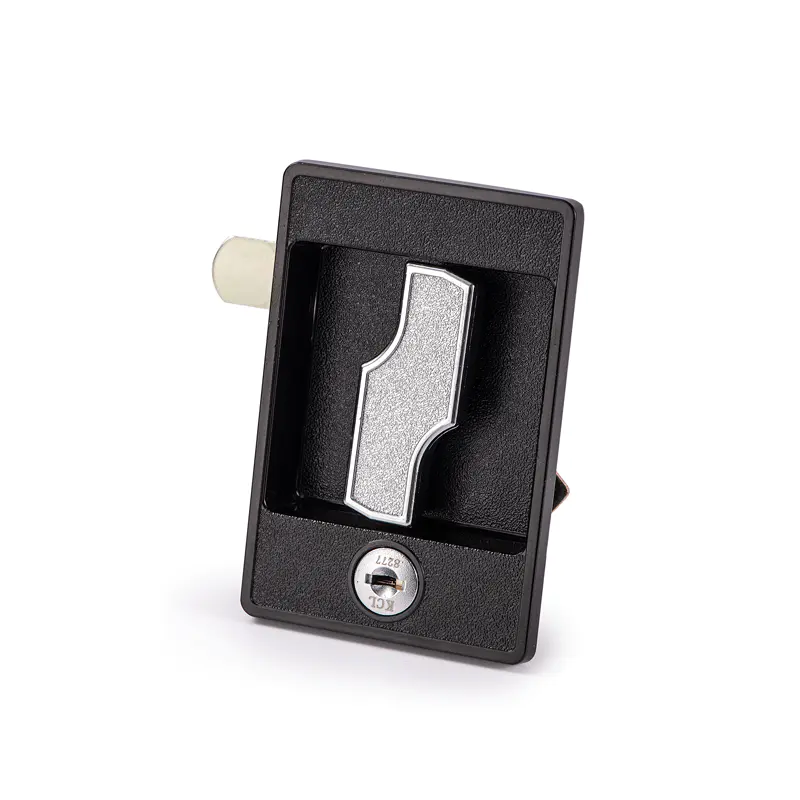
The security of a combination cam lock is largely determined by its internal design and the complexi...
Read More